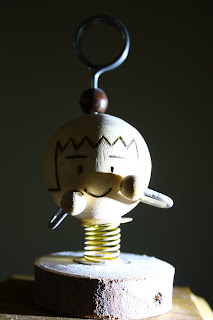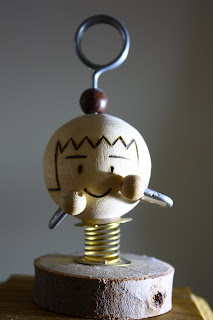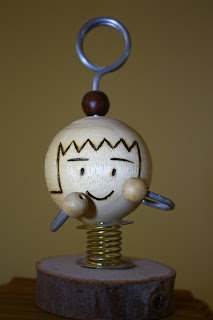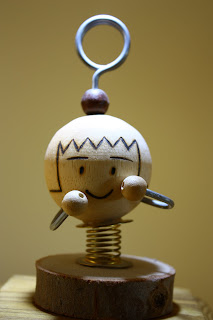Camera setting:
AV mode using manual focus on face and Auto WB and ISO100
Two sets of photos are being taken
1.Without diffuser
1.1 Without diffuser and no reflector

The most contrasty image
1.2 With white card far away

1.3 With white card close to subject

1.4 With dull face of foil

1.5 With shiny face of foil

1.6 With shiny crumple face foil

2.With diffuser
2.1 With diffuser and no reflector

2.2 With white card far away

2.3 With white card close to subject

2.4 With dull face of foil

2.5 With shiny face of foil

2.6 With shiny crumple face foil

The obvious different between the photos with diffuser and the photos without diffuser is the dark background if photo taken without diffuser and lighter background if photo taken with diffuser. This is because more light refract toward the wall in the background and around the object.




































